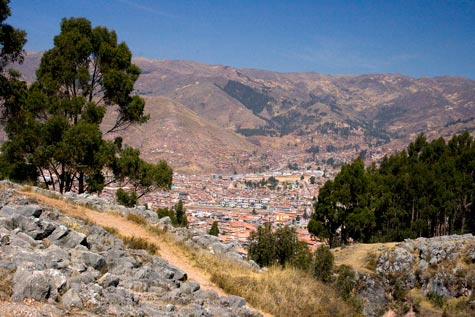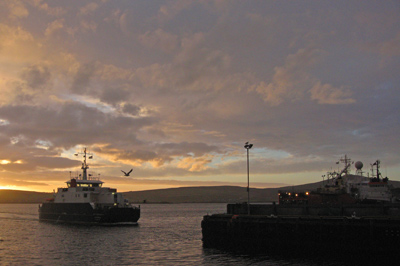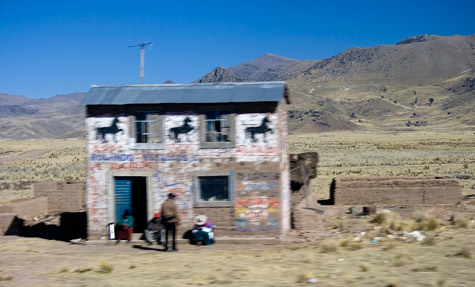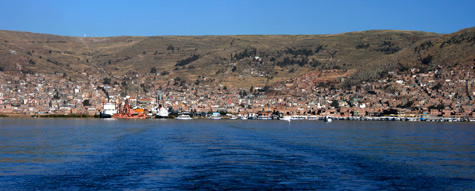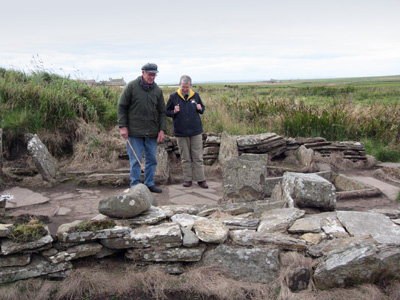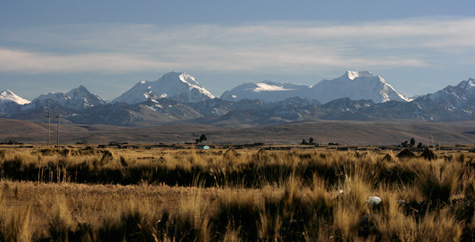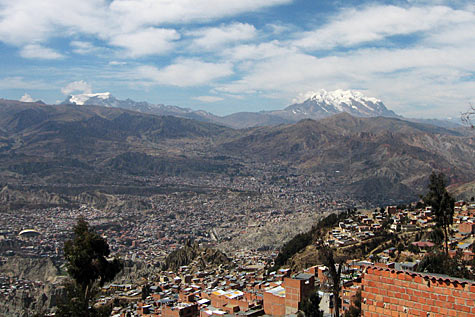Cusco is South America’s oldest continuously inhabited city and a delightful place to visit ø¢â‚¬” once you can handle the altitude. Located 3,350 metres above sea level in south-eastern Peru, it was the capital of the Inca Empire from the 12th century to the Spanish conquest of South America in 1532. Lying in a bowl-shaped valley, it has the dubious honour of having the highest levels of UV light of any city on Earth.
